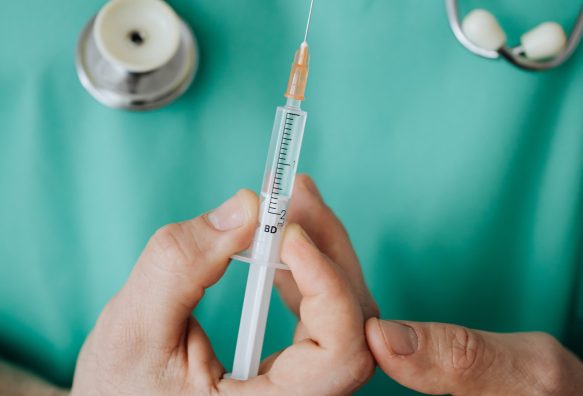hellllo
Skip to content

Erectile dysfunction (ED) affects a growing number of men in the United States and abroad, with significant impacts on sexual function and overall quality of life. The risk factors for ED are numerous and include a strong link to cardiovascular disease, such that men with ED should be screened for cardiovascular disease. The evaluation of men presenting with ED includes a comprehensive history and physical exam to aid in the identification of comorbidities, as well as laboratory testing to evaluate hormone and lipid levels and sugar metabolism.
There are numerous causes of testis pain, including infection, inflammation, and varicoceles. Most of the time, testis pain can be treated non-surgically. However, in rare cases, a varicocele repair or denervation of the spermatic cord procedure can be helpful.


Peyronie’s disease is an abnormal curvature of the penis when it is erect. It is estimated that up to 5-9% of men suffer from Peyronie’s disease. The average age of onset of this disease is 57 years old, and the disease becomes more common as men become older. The cause of Peyronie’s disease remains unknown. However, many believe that it is due to blunt penile injury or repeated trauma associated with sexual activity. Men will present with a plaque or a “knot” in their penis and/or a curvature of their penis. Significant penile curvatures can result in pain, poor erections, and an inability to engage in sexual intercourse.
Premature ejaculation (PE) is a male sexual dysfunction characterized by ejaculation, which almost always occurs within approximately one to two minutes of vaginal penetration, and this results in distress for the male.


Every year over 500,000 men choose to have a vasectomy. A vasectomy is minor office procedure that blocks the sperm from entering the ejaculate. A vasectomy can be reversed, but the sooner you reverse the vasectomy, the better the outcomes.
Male infertility is a fairly common problem. While approximately 15% of all U.S. couples are infertile, up to 50% of infertile couples have a male factor fertility problem, and of these, 20% will not be able to conceive solely because of an impaired male factor.


Delayed ejaculation can be lifelong or acquired. The prevalence of delayed ejaculation is unclear, but studies show that it may affect up to 40% of men and worsens with age.


Benign prostatic hyperplasia (BPH) is also known as enlargement of the prostate. BPH affects almost 40% of men by 50 years of age and almost 80% of men by 80 years of age. Symptoms of BPH include straining when urinating, getting up at night to urinate, urinating frequently and/or urgently, pain on urination, or having the sensation not being able to empty the bladder.
